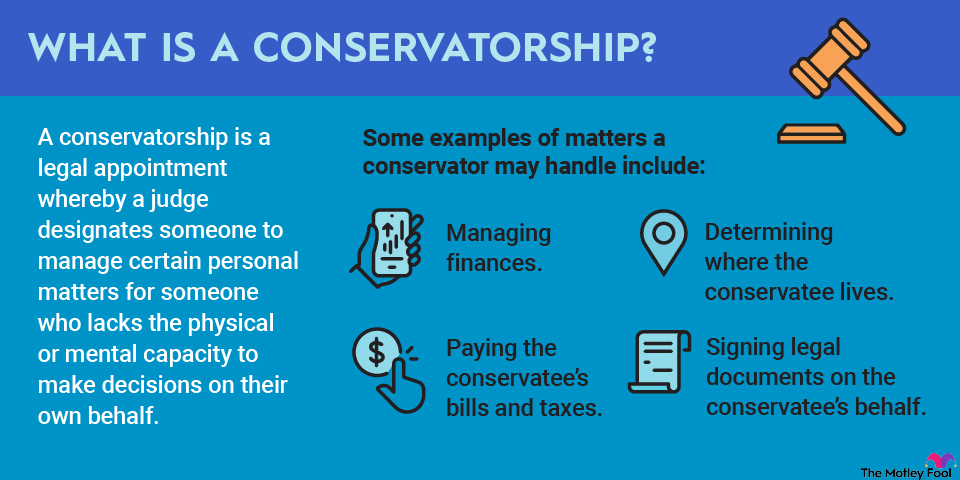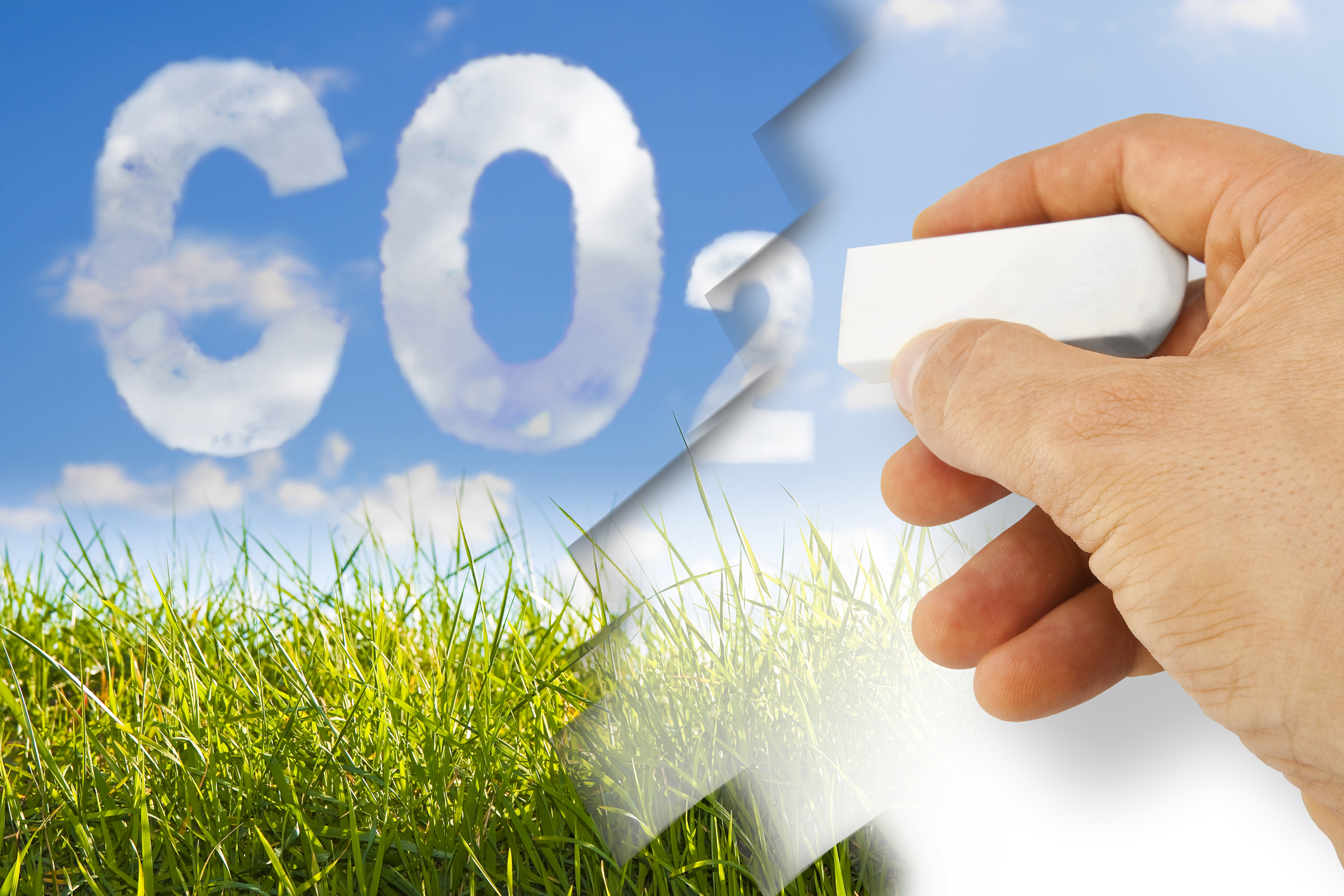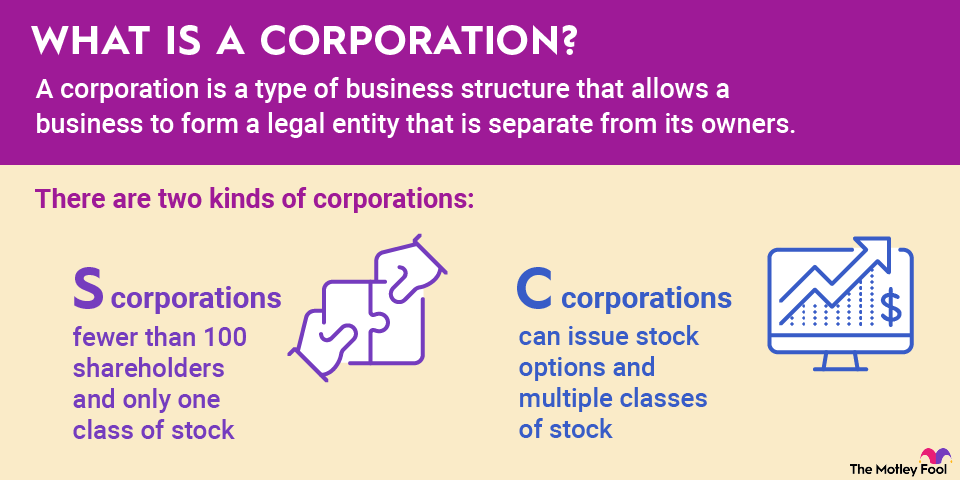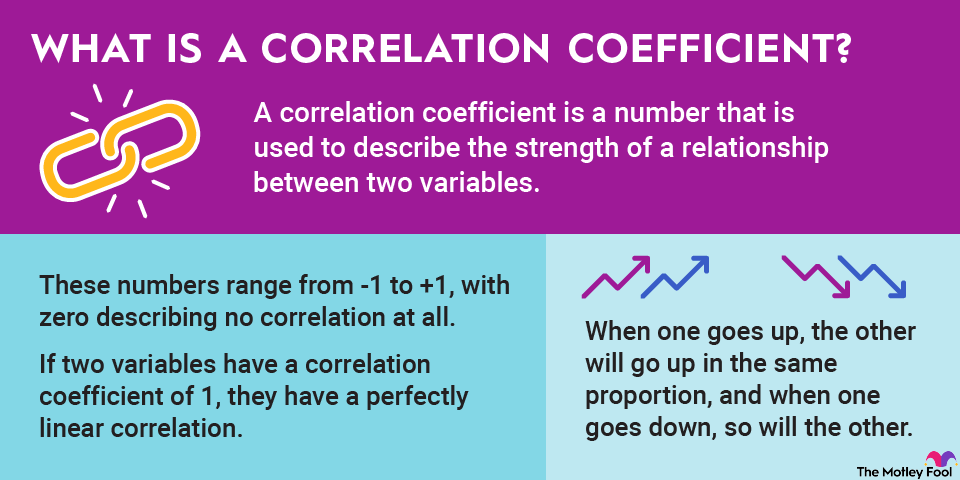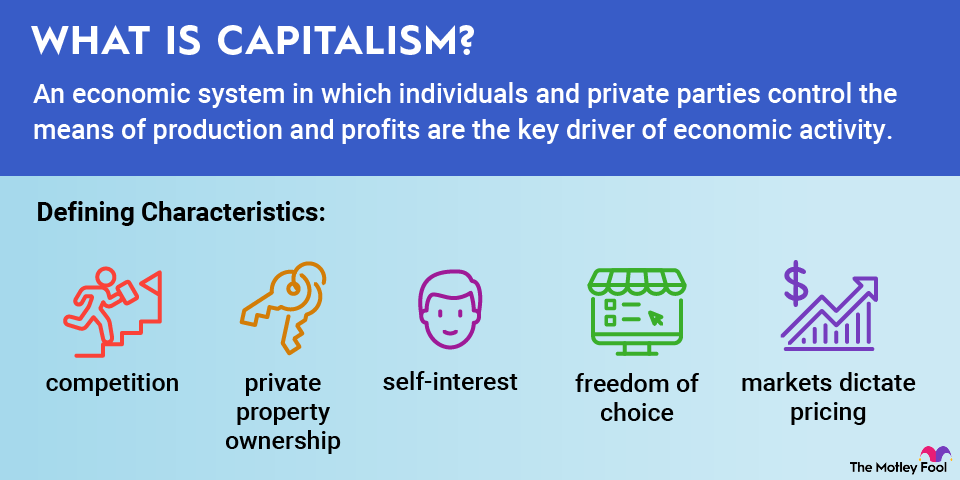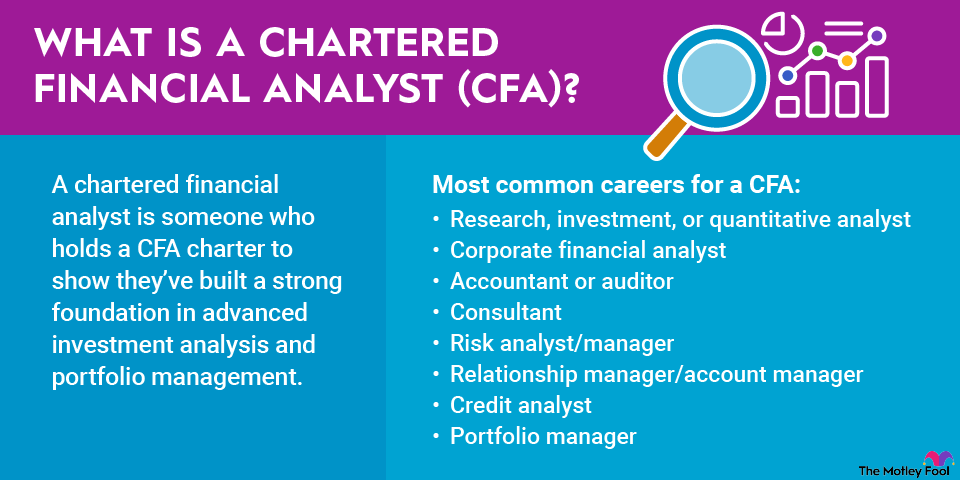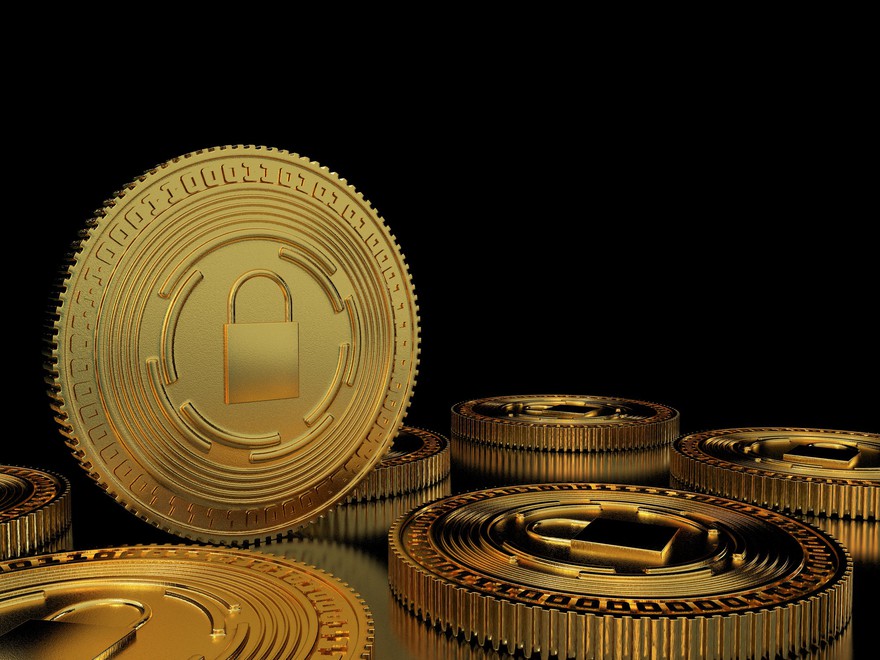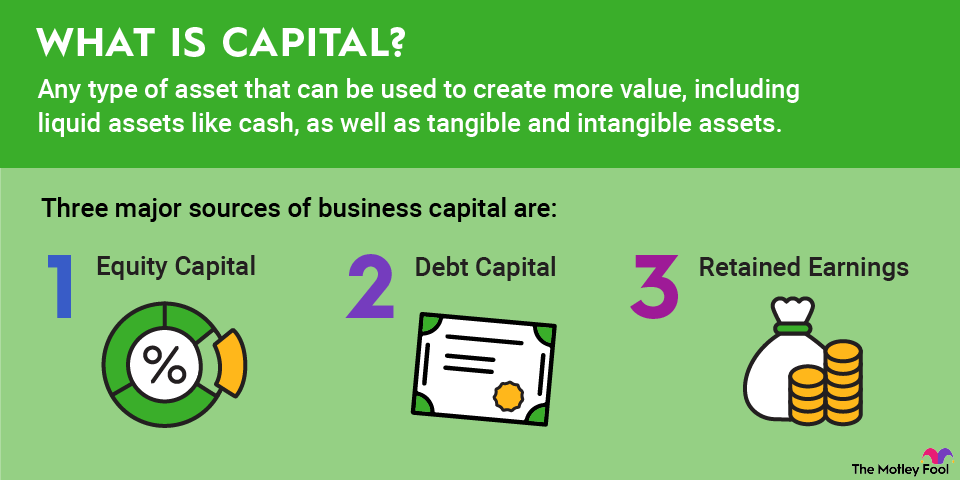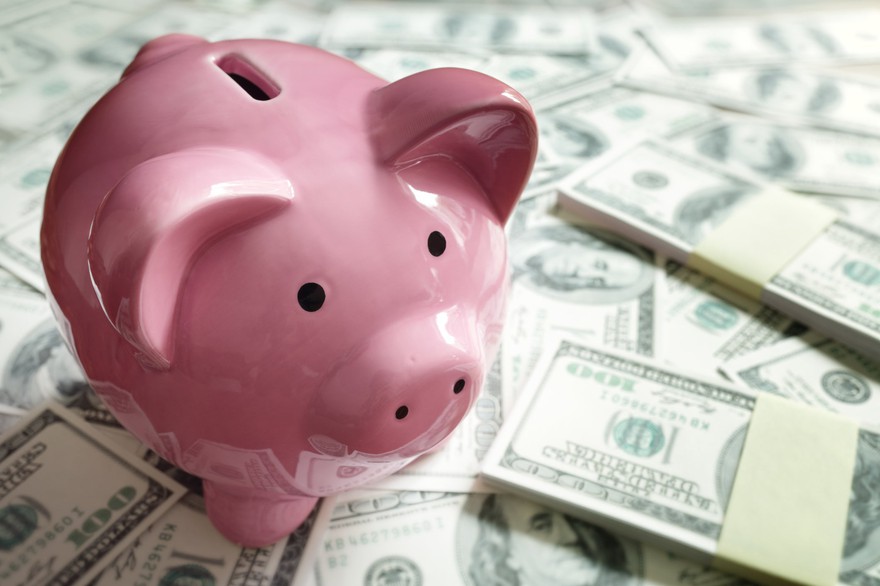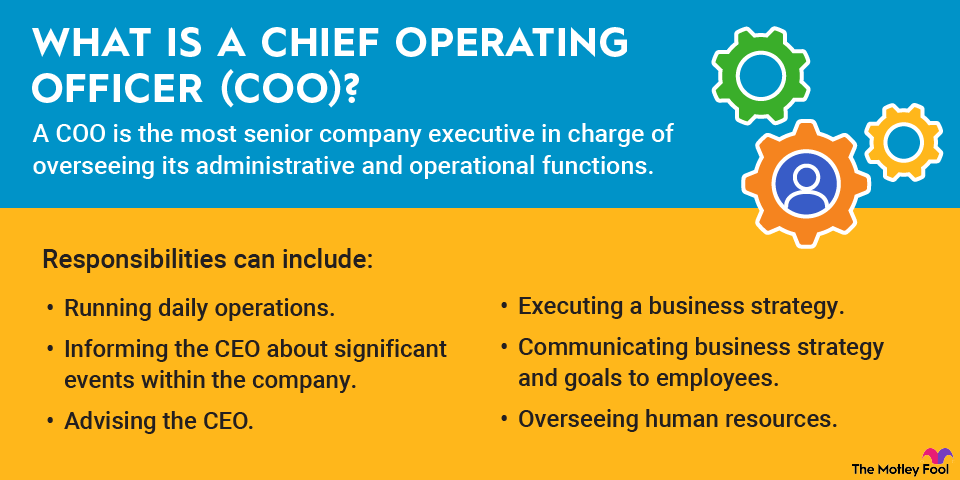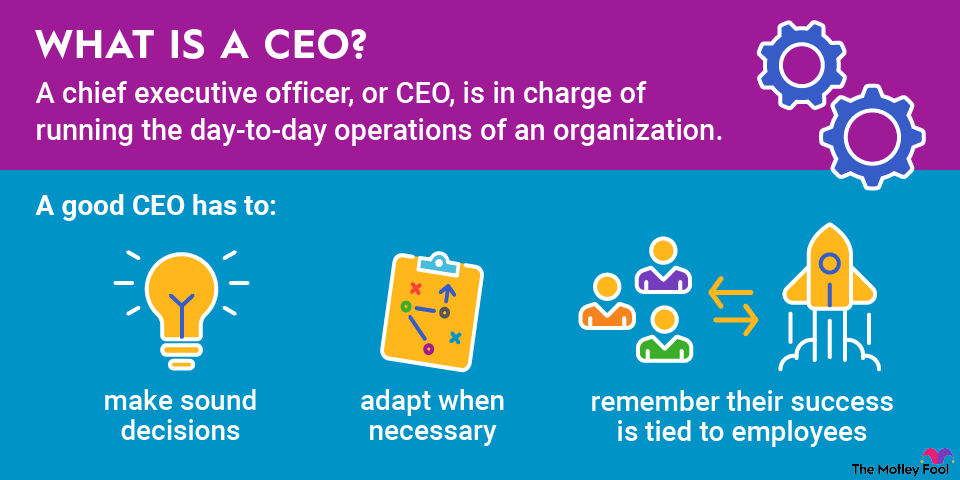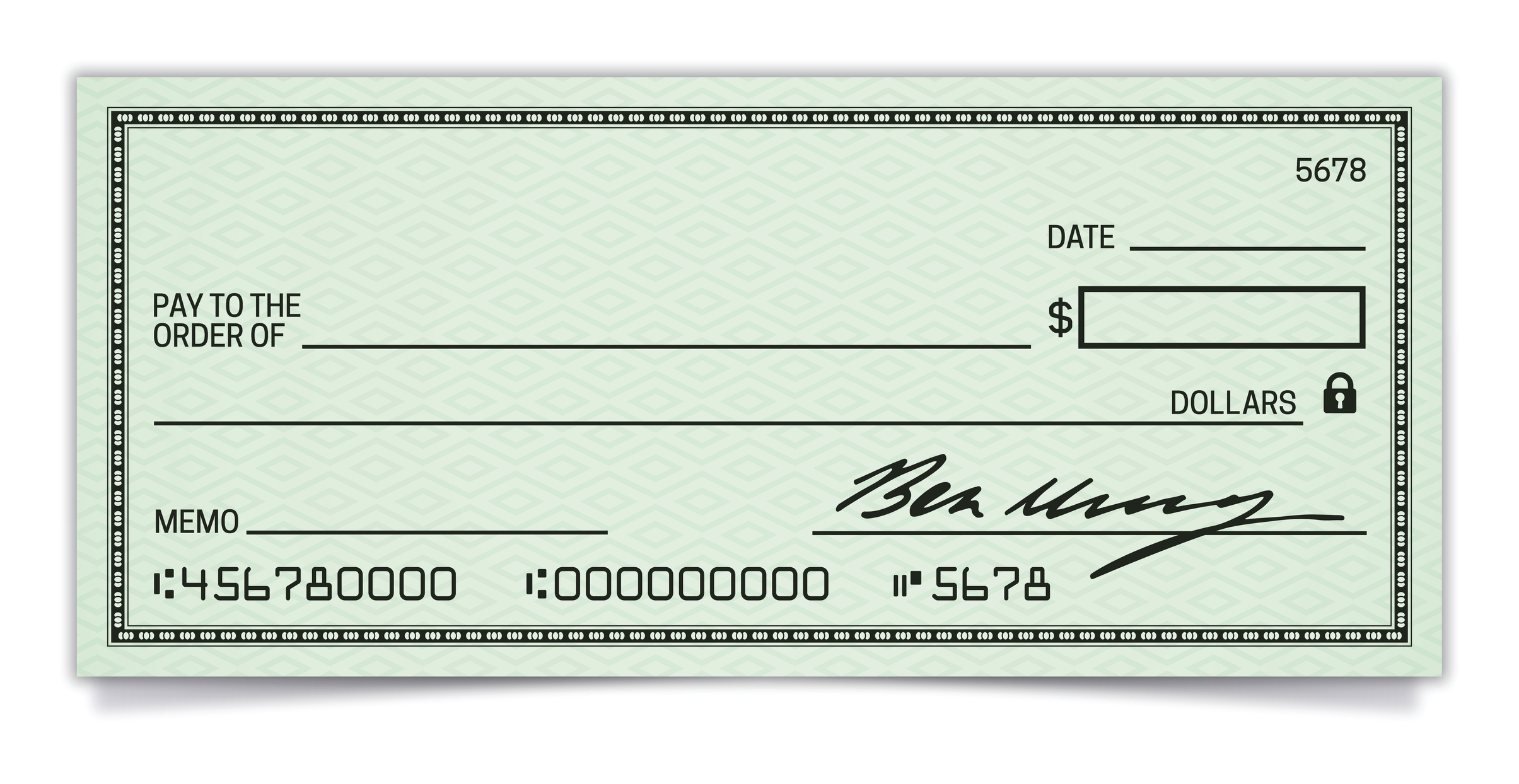Chatbots are computer programs that simulate human conversations by using artificial intelligence to respond to questions and supply relevant information. A growing number of companies are relying on chatbots to streamline and improve their customer service. Read on to find out more about chatbots, including the different types of chatbots and some chatbot innovations.
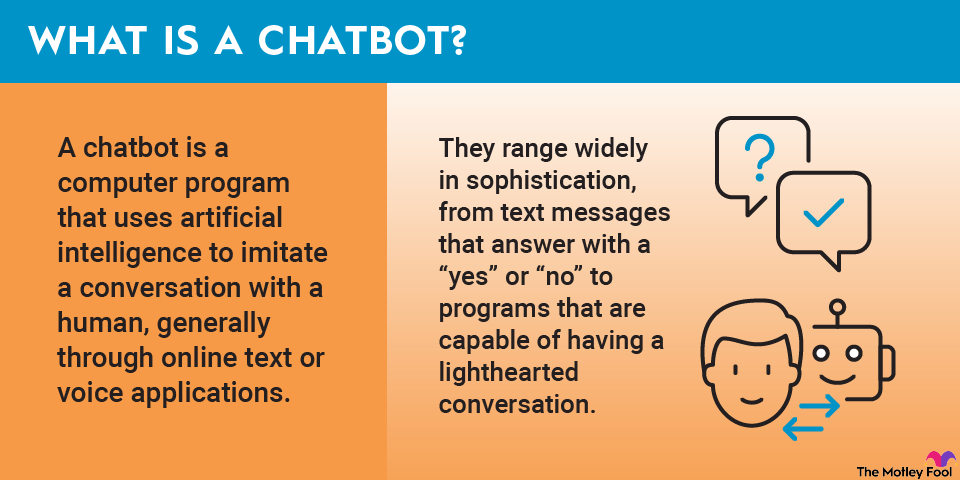
What are chatbots?
A chatbot is a computer program that uses artificial intelligence to imitate a conversation with a human, generally through online text or voice applications. Chatbots range widely in sophistication, from text messages that answer a simple query with a “yes” or “no” to programs that are capable of having a lighthearted conversation.
Chatbots have their origins in work done by famed mathematician Alan Turing, who created a test to classify machines as intelligent, with the main criteria being that a person couldn’t tell if they were communicating with a human or a machine. Barely a decade after Turing’s death in 1954, a researcher at the Massachusetts Institute of Technology’s Artificial Intelligence Laboratory developed ELIZA, a program capable of responding to questions like a psychotherapist.
The programs have continued to evolve, along with the explosive growth of applications that use artificial intelligence. Only a few short years ago, a question about the weather to a chatbot might result in a simple forecast. These days, a chatbot might go so far as to suggest packing an umbrella and setting the alarm clock a little early to account for a slower commute.
Chatbot example
Although most attention lately has focused on ChatGPT, an AI-driven tool released in 2022 by OpenAI, both large and small companies have been using increasingly sophisticated chatbots for several years now.
Consider the often not-so-humble cup of Starbucks (SBUX -0.07%) coffee. The Seattle-based coffee giant reports that 25% of all transactions are conducted as mobile orders that are made through its app -- roughly 1 million cups of coffee every day of the year.
The chatbot, which is part of its mobile app, first appeared in 2017 and was designed to cut down on everyone’s favorite pastime of standing in an endless Starbucks line. The chatbot now supports natural language processing, so customers can make orders by voice and text. Payments are made with a linked credit card or gift card, and the order can be sent to the closest store. The chatbot’s artificial intelligence can even anticipate whether it’s a caramel frappuccino or grande Americano kind of day for you.
